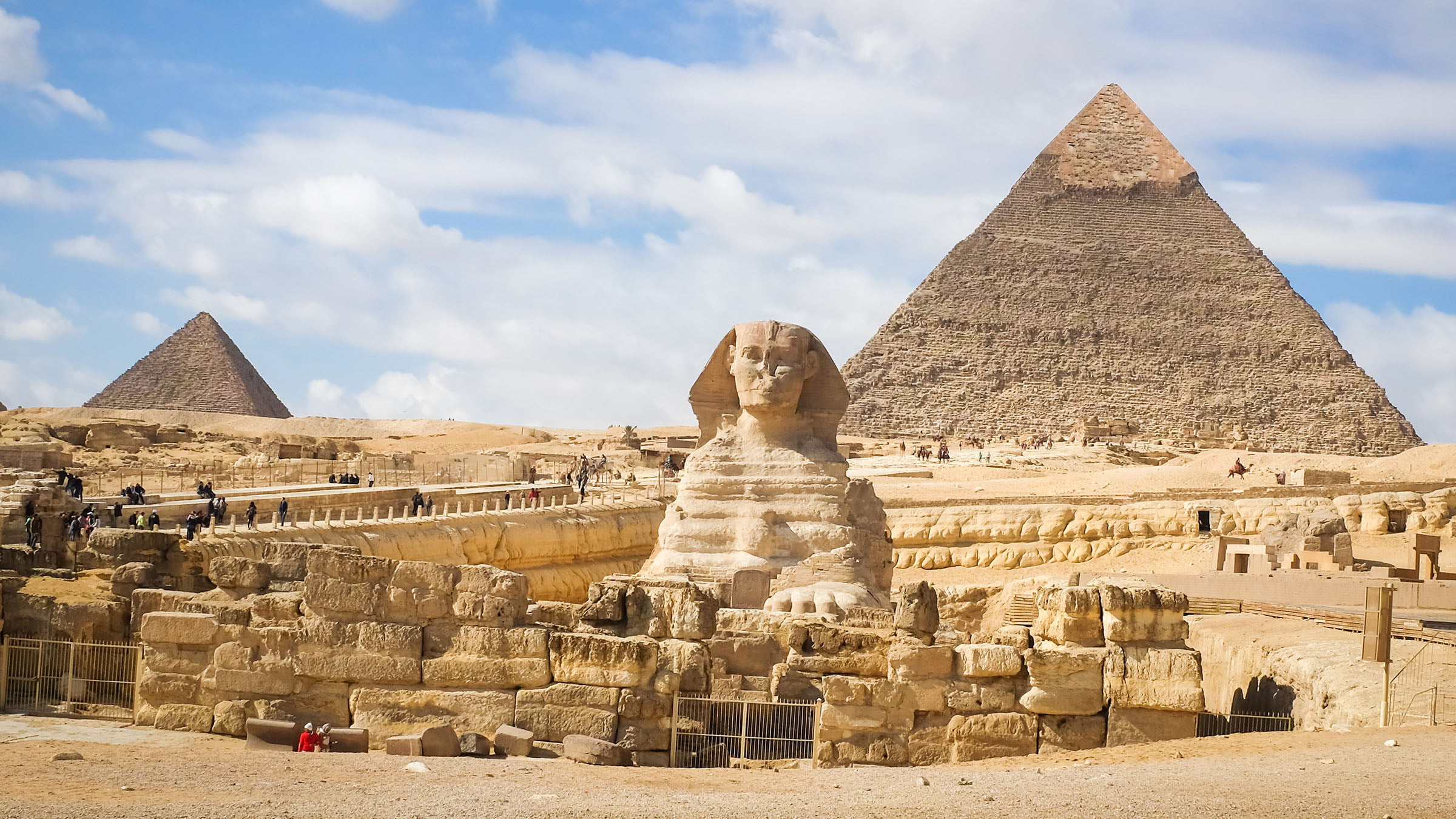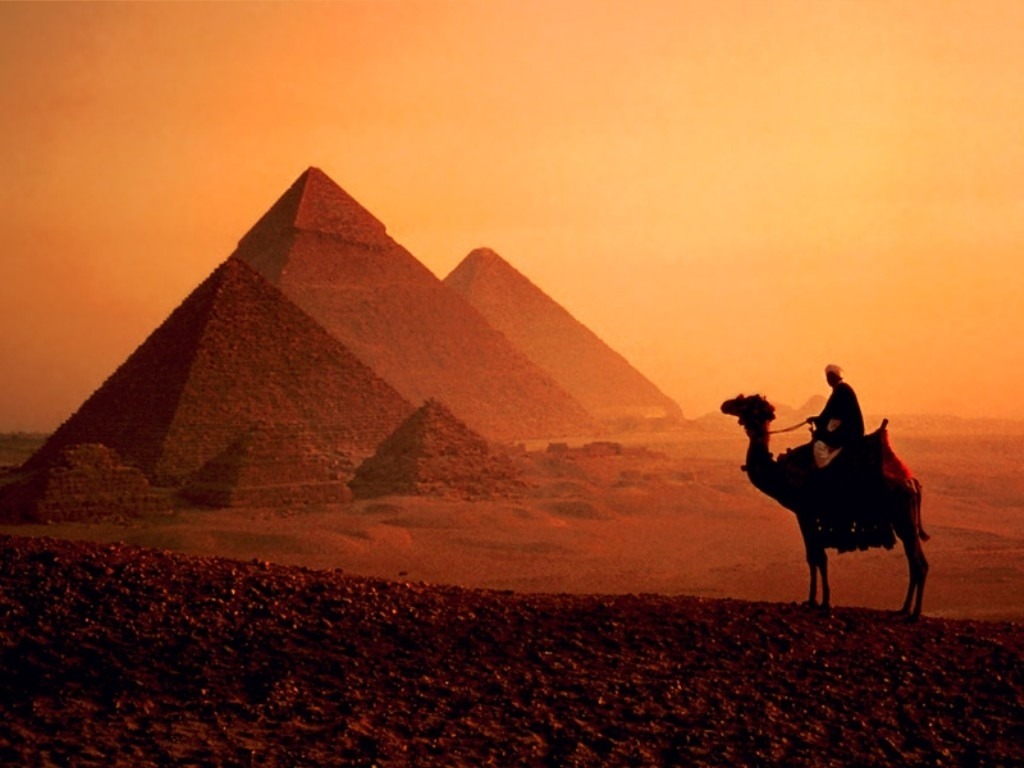With more than five thousand years, the history of Egypt is the longest and most documented in the entire world!
.
Next, let's look at the landmarks that have had a great impact for this important civilization.
The first inhabitants of Egypt
They settled on the banks of the Nile fleeing from the desert.
These first natives, isolated and without close enemies, were ruled by "divine" beings who were followed by semi- heroic dynasties called: "the descendants of Horus".
These inhabitants were organizing in provinces (called Nomos) and with their union two kingdoms emerged: Upper and Lower Egypt.
Two geographical realities, they had different cultural dynamics and the geographical environment was so different.
LOWER EGYPTLocated to the north it was formed by 20 provinces and its most important cities were Buto and Sais. He had a pharaoh of his own, his kings wore a long red crown.The divinity was the cobra
UPPER EGYPTIt was formed by 22 provinces, its main cities were Hieracómpolis and Nejeb. Also with a pharaoh of his own, the crown of his kings was white and his goddess was a vulture.
 |
| CROWNS |
THEIR UNION!
Towards the 3100 a. C. King Menes of Upper Egypt invaded Lower Egypt unifying both kingdoms. Menes became the first sovereign of the first dynasty and was described as the "unifier of both countries". With it begins the historical period and the first of the thirty dynasties that would rule Egypt until its conquest by the Persian king Artaxerxe.
THE MOST IMPORTANT DYNASTICS AND STAGES OF THIS COUNTRY.Let's see what it's about ...DYNASTICS:
Old Kingdom, Middle Kingdom and New Kingdom.
STAGES:
Dynasties of Egypt
Greco-Roman period
From the 7th century
LOCATION!
Egypt is in the extreme northeast of the African continent, it has coasts on the Mediterranean Sea and the Red Sea. It limits the west with Libya, the south with Sudan, the north with the Mediterranean and the east with the Red Sea and Israel.




No hay comentarios:
Publicar un comentario
Nota: solo los miembros de este blog pueden publicar comentarios.